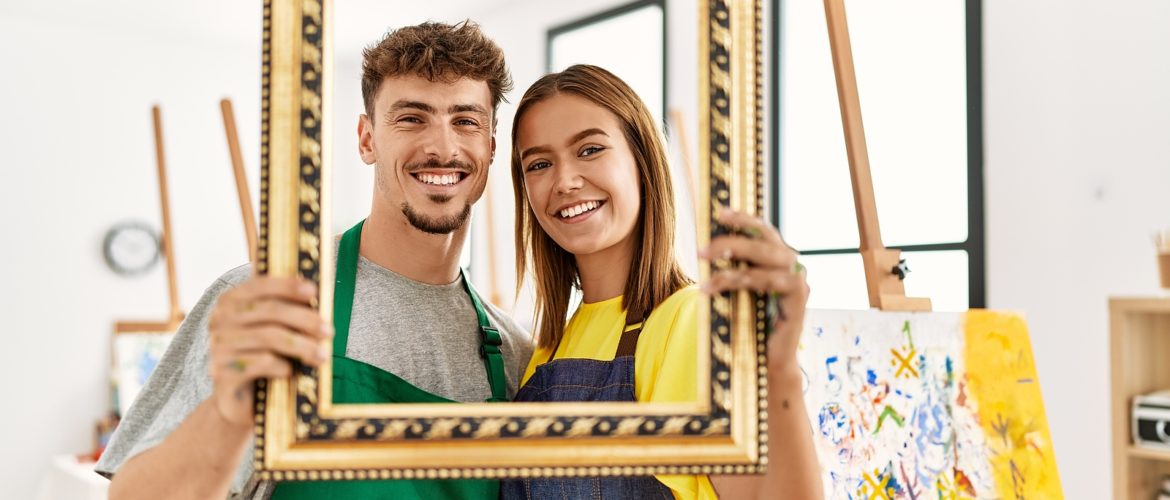Art Is Collaboration: The Psychology Behind Artist Collectives

We have talked about artist collectives and colonies on our blog before. Creative like-minded people have always been drawn toward each other and even lived together under the same roof for many different reasons. It does not matter if it is a group of over a dozen artists or a duo, there is a common denominator that all artist collectives share making this type of creative synergy so popular. But what exactly is it that appeals to artists about collaborative work?
Art Is Collaboration: The Psychology Behind Artist Collectives
First, we have to admit that not all artists want to collaborate with other artists. After all, the iconic image of a lonely master exists for a reason. Moreover, to live and work with others continuously, one must be sociable and open to criticism, and these are qualities that not all people possess. However, it turns out that the model of collective art-making worked for many people in the past.
We can separate two main kinds of artistic collaboration: when artists work together but do not share a living space, and when they both collaborate and cohabitate. If we consider artist duos, many of them either start as romantic or platonic partnerships or begin as strictly professional and later shift into something more personal. Artist collectives can be anything from a married couple creating art together to groups of dozens of people moving into a big house somewhere in the wilderness to run away from civilization and the mundane. A lot of famous artist communes had specific goals: for example, many were organized by followers of a specific artistic movement or style. Some aimed to make money from collaborative projects, while others did not seek any financial benefits and simply did it for the art.
In the end, each artist goes their own way, and different kinds of creative people thrive in different conditions. However, both the 20th-century Taos Society of Artists and the contemporary glitch and digital artist duo JODI have one thing in common, and it is the need for companionship. While artists might appear as lonesome creatures, humans are, by nature, social animals. The phenomenon of artist collectives and communes has existed for centuries simply because artists have always felt the need to inspire and get inspired by each other, to have someone to bounce ideas off of, and to share the joys and sorrows of the creative process.
